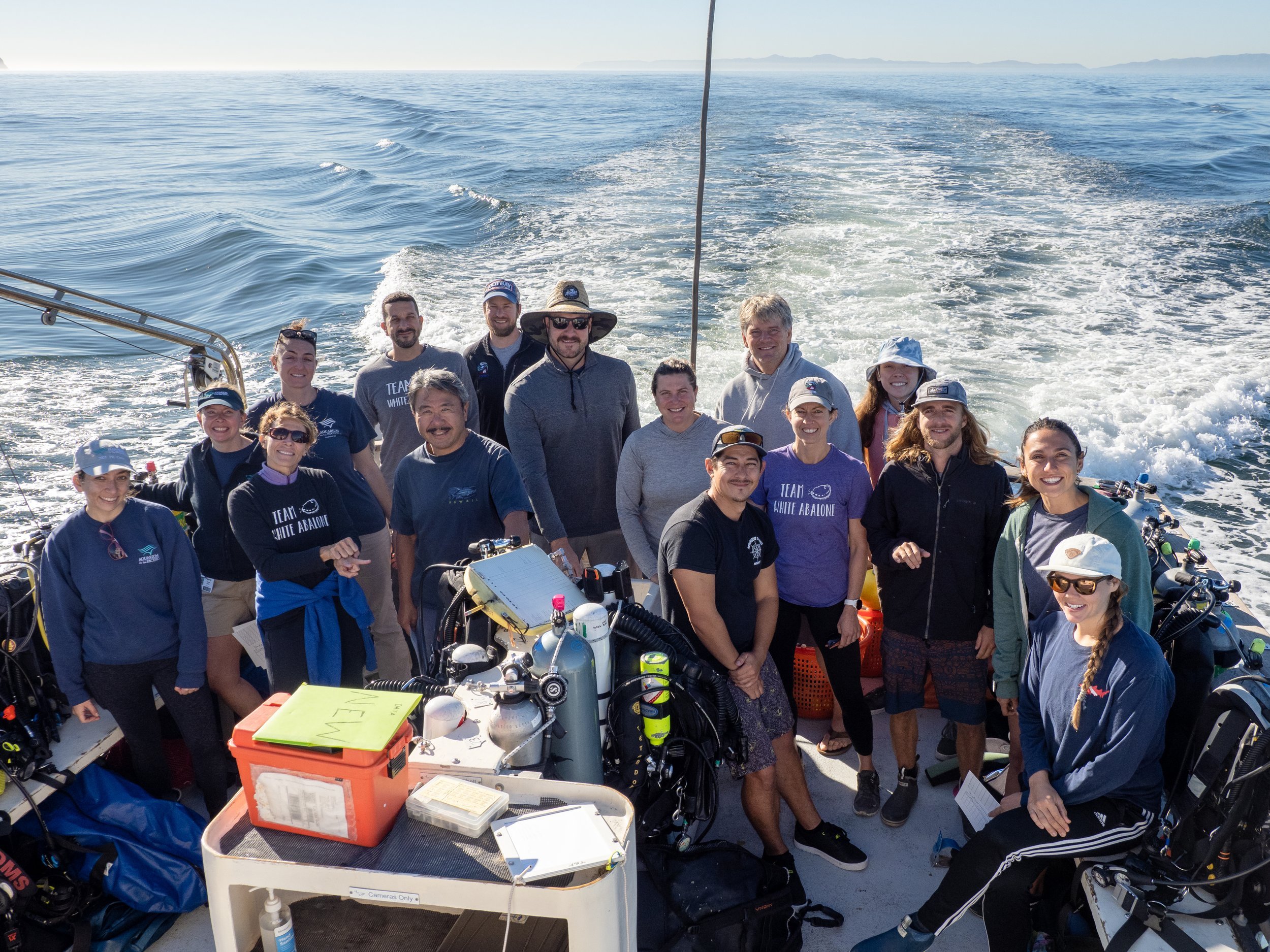
Into the Wild: Exhibit Creation with the Aquarium of the Pacific
On the second floor balcony of the Aquarium of the Pacific in Long Beach, there’s a blank white wall twenty-five feet long. It’s about to be filled with larger-than-life images of marine snails to tell the story I’ve been documenting for over a year - in which tiny abalone are bred in labs to fulfill their destiny in the wild ocean.
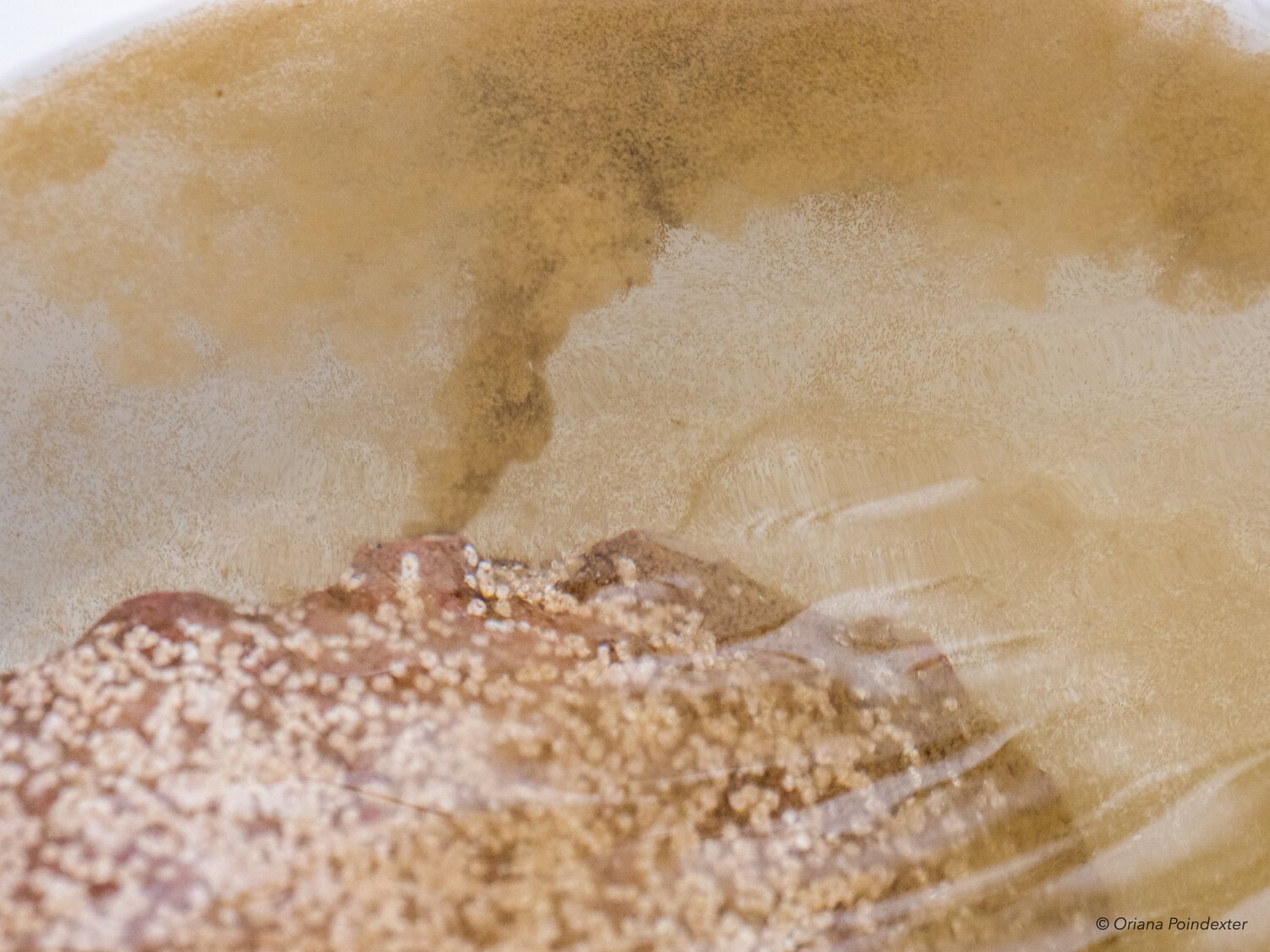
The Big Day: White Abalone Captive Breeding at UC Davis Bodega Marine Lab
April 21st is my mother’s birthday, and according to her, it’s a good day to be born. This April 21st, I find myself pulling into the parking lot of the Bodega Marine Lab in the dark, pre-dawn hours. I am here at 5:45 AM, 500 miles from home and 300 miles outside the white abalone’s geographic range, hoping to witness the birth of the newest generation of white abalone.
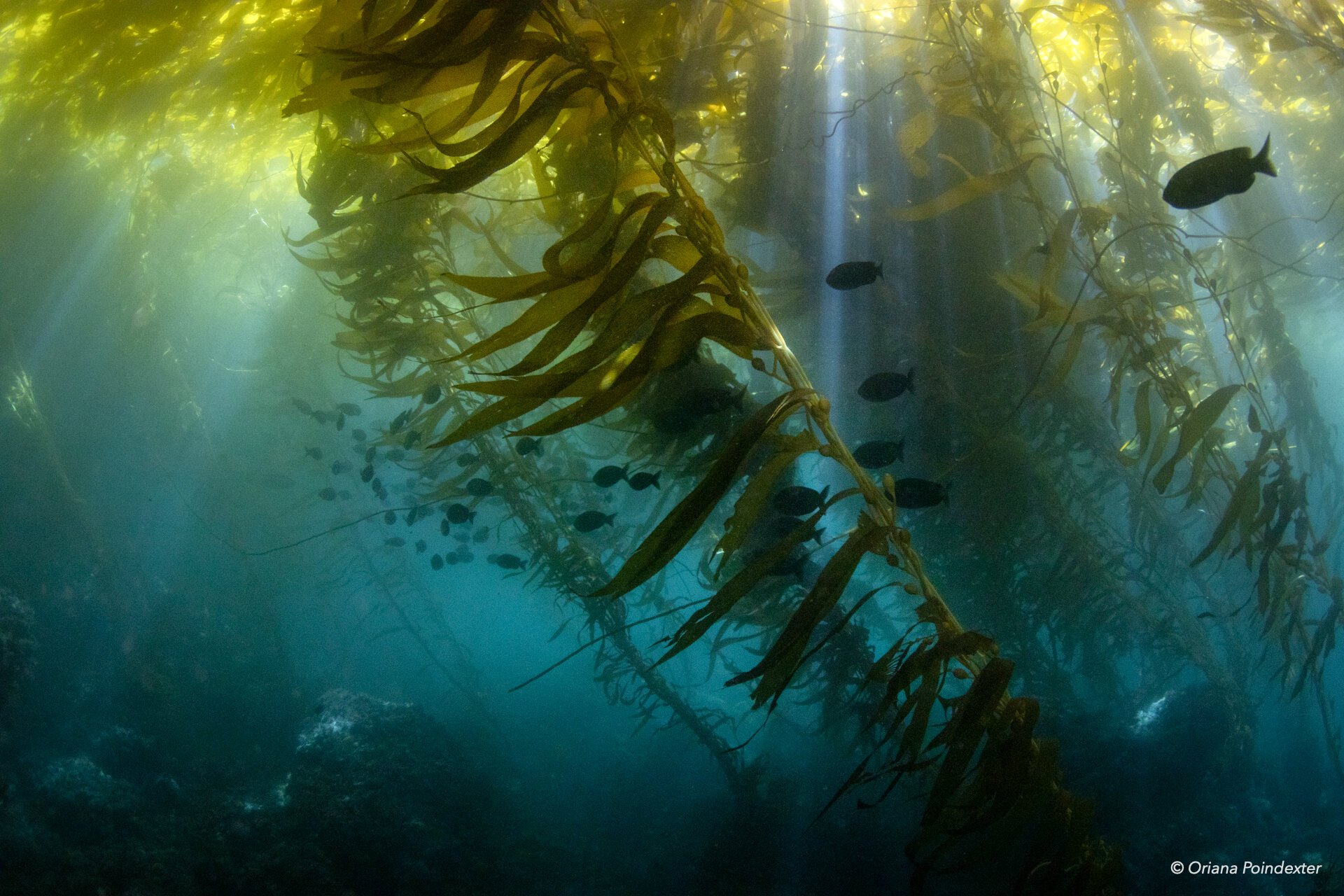
Diving into Abalone Habitat: Channel Islands National Marine Sanctuary
On a mid-April morning in Ventura, my dive buddy, Huntley, and I are taking a bit of a gamble by boarding the Spectre, a day-trip passenger dive vessel. We are headed, finally, to Channel Islands National Marine Sanctuary (CINMS) for a day of diving in what was historically known as prime abalone territory.
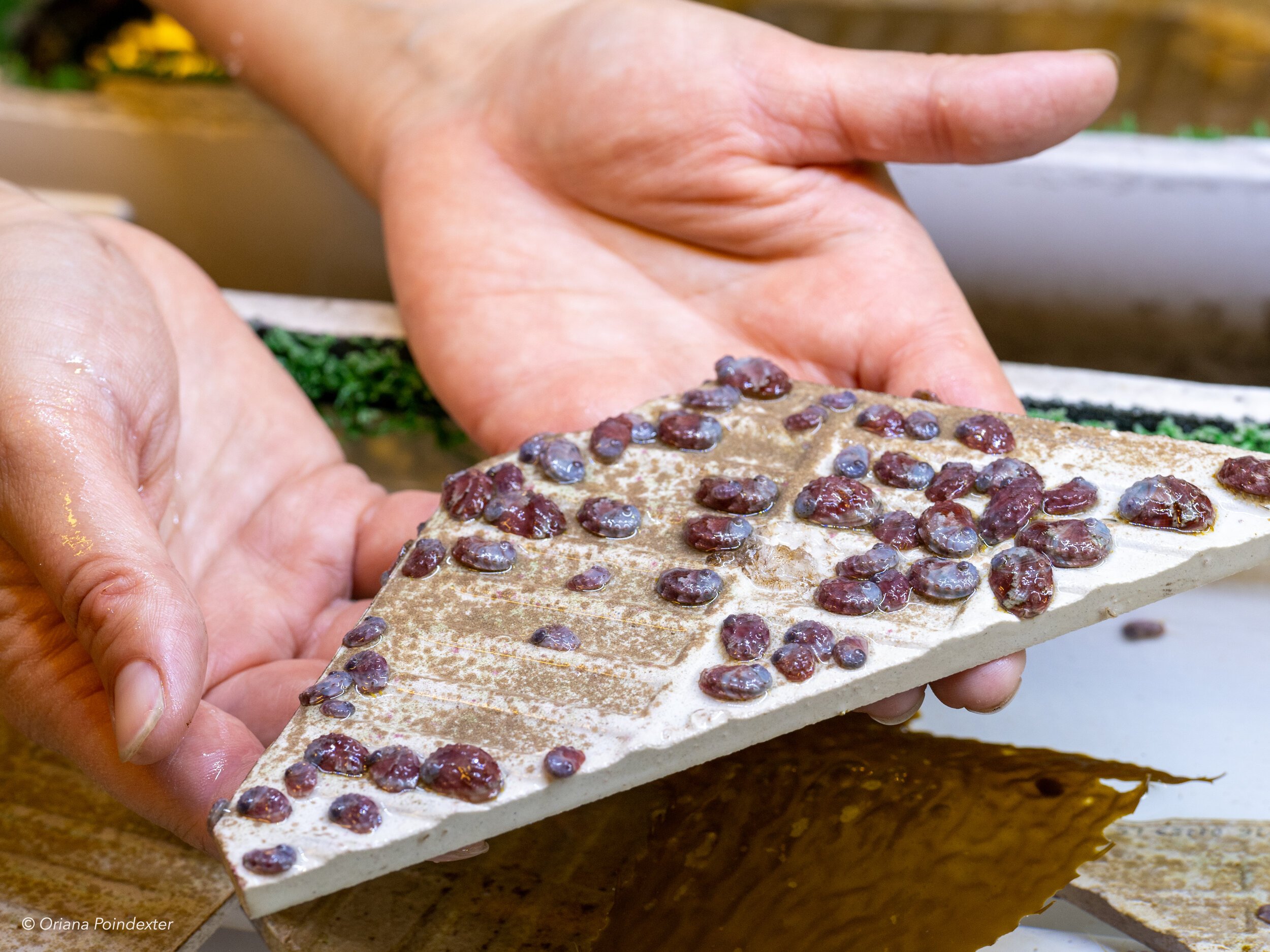
Foster Care for Endangered White Abalone at the Aquarium of the Pacific
I visited the Aquarium of the Pacific in Long Beach on an unseasonably hot day in early April. I meet Briana Fodor, a Senior Aquarist, who ushers me ‘behind the scenes’ into a small, blue-lit room. We’re on the business end of the Aquarium’s Abalone Exhibit in the Southern California/Baja Gallery, which houses red abalone, endangered white abalone, and plenty of food.

Red Abalone Aquaculture: From Tank to Table at the Cultured Abalone Farm
The Cultured Abalone Farm is nestled in a sun-dappled gully leading down to the ocean, just north of Santa Barbara. I’m visiting the farm to learn how seafood lovers can eat abalone in a responsible manner.
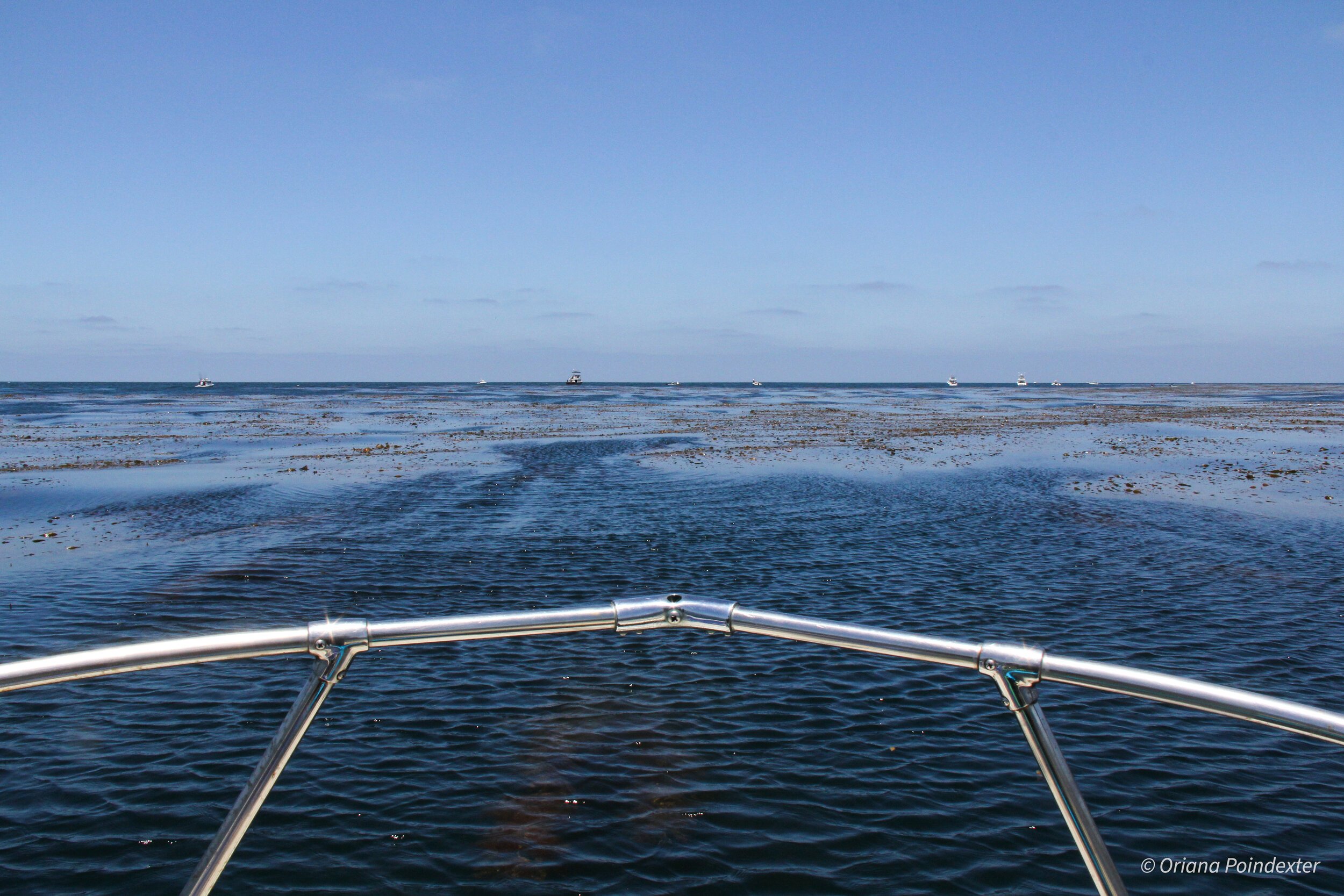
Scuba Diving for White Abalone
The white abalone (Haliotis sorenseni) is elusive at the best of times. They were the first marine invertebrate to be listed as endangered in 2001 and went on to be named a NOAA Species in the Spotlight. This status, combined with a depth range of 15–150 feet, means that finding and photographing white abalone isn’t a simple endeavor. Add to this the restrictions in place due to COVID19, and you have yourself quite a task.
